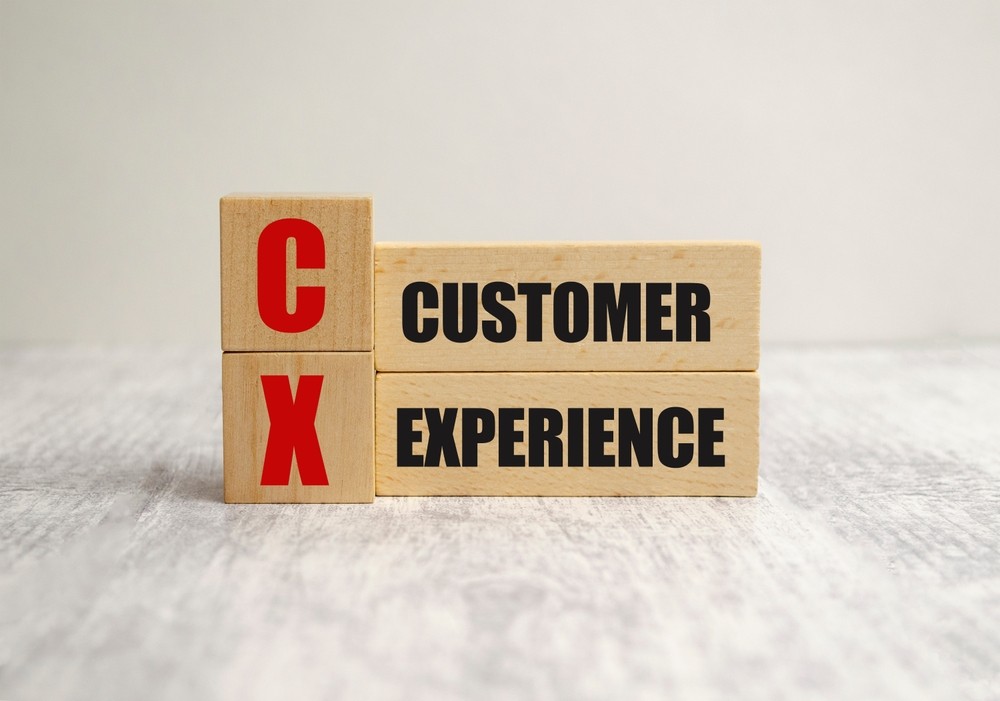In today’s hyper-competitive business environment, customer experience (CX) is no longer a ‘nice to have’ – it’s a critical differentiator. Across Europe, consumers are clear about what they expect from the brands they engage with: fast, seamless, and personalised service that understands their needs and fits their lives. Yet, many organisations still struggle to deliver consistently against these expectations.
To better understand this disconnect, the latest State of Customer Experience Europe Report brings together insights from consumers and CX leaders around the world, shedding light on how the relationship between people and brands is evolving. It uncovers where organisations are falling short, and crucially, where the greatest opportunities lie to meet rising expectations and build stronger, more meaningful connections.
Here are three key takeaways from the findings that can guide businesses forward.
AI holds huge potential
AI is fast becoming an essential part of the toolkit for delivering better, faster service. Almost a third (29%) of CX budgets across Europe are now planned for AI-powered CX technologies – slightly below the 33% of CX budgets globally – reflecting a strong belief in its value. Despite this, many organisations are not yet positioned to fully capitalise on AI’s potential, with 56% of European CX operations still not fully migrated to the cloud.
This optimism is well-placed. Nearly two-thirds of consumers surveyed across Europe believe AI will enhance the quality and speed of service in the next two to three years. Globally, CX leaders surveyed are embracing this momentum: [46]% say increasing the use of technology to improve [customer and] employee experiences is a top priority to help with the deployment of AI, underscoring the strategic role AI now plays in transformation efforts.
However, infrastructure remains a critical barrier. Over half (56%) of CX organizations in Europe report they still rely on on-premises or hybrid infrastructure, limiting their ability to scale and integrate advanced technologies effectively. Cloud infrastructure can be the foundation for scalable, intelligent service delivery. Without it, organisations risk falling behind as they struggle to support more advanced AI tools and integrated digital experiences.
AI has the power to improve both customer and employee outcomes – from resolving issues more quickly with virtual agents, to supporting employees with real-time tools like AI copilots and summarisation. Businesses that accelerate their cloud strategies and identify high-impact opportunities to embed AI throughout the customer journey are better positioned to stay competitive.
Data is central to personalisation
Personalisation continues to be a top priority for European consumers surveyed. Many (69%) value when a business is listening to them and understanding what they want to achieve. To do this, companies have to take a case-by-case approach and understand exact customer needs carefully. Those consumers in our survey based in Europe also place high value (58%) on companies knowing their account history and current activities, with knowledge sharing and the connecting of information helping issues to be resolved faster.
However, many CX leaders report internal data challenges hold them back. A lack of shared and consolidated data across departments remains one of the most commonly cited obstacles to delivering seamless experiences. Without unified data, it becomes difficult to anticipate customer needs, tailor support, or have the right context and data to solves issues efficiently and effectively, whether that be supported by a human or virtual agent.
Organisations must focus on connecting systems and creating a single view of the customer. Doing so will enable smarter, more responsive service and unlock the true potential of personalisation at scale.
Consumers want channel choice and seamless transitions
Email and phone continue to dominate service interactions across Europe, but there’s growing demand for more flexible, digital options. Messaging apps, for example, are now a preferred channel for almost one in four consumers, particularly in markets like Germany.
Just as important as offering the right mix of channels is ensuring that customers can move between them without losing context. A striking 97% of European consumers surveyed say it’s either “somewhat important” or “extremely important” to switch channels without having to repeat themselves - a clear signal that businesses must prioritise continuity in service design.
When expectations aren’t met, consumers act. One in 10 Europeans consumers surveyed say they would switch from a favourite brand after one poor service interaction. This is a powerful reminder that delivering consistent, connected experiences isn’t just a CX aspiration – it’s imperative to loyalty.
Nonetheless, delivering true omnichannel experiences means more than simply adding new touchpoints. It requires technology that allows context to follow the customer wherever they go, whether that’s from a web chat to a phone call, or from email to a messaging platform. Organisations that can deliver this level of fluidity will be better positioned to meet rising expectations.
The time to act is now
Customer expectations in Europe are rising rapidly, and businesses that fail to adapt risk being left behind. With consumers willing to switch brands after just one poor experience, organisations can’t afford to get their CX strategy wrong.
Personalisation, intelligence, and agility are fast becoming the hallmarks of CX excellence. For businesses across Europe, now is the time to move from intent to action and help turn customer experience into a competitive advantage.





